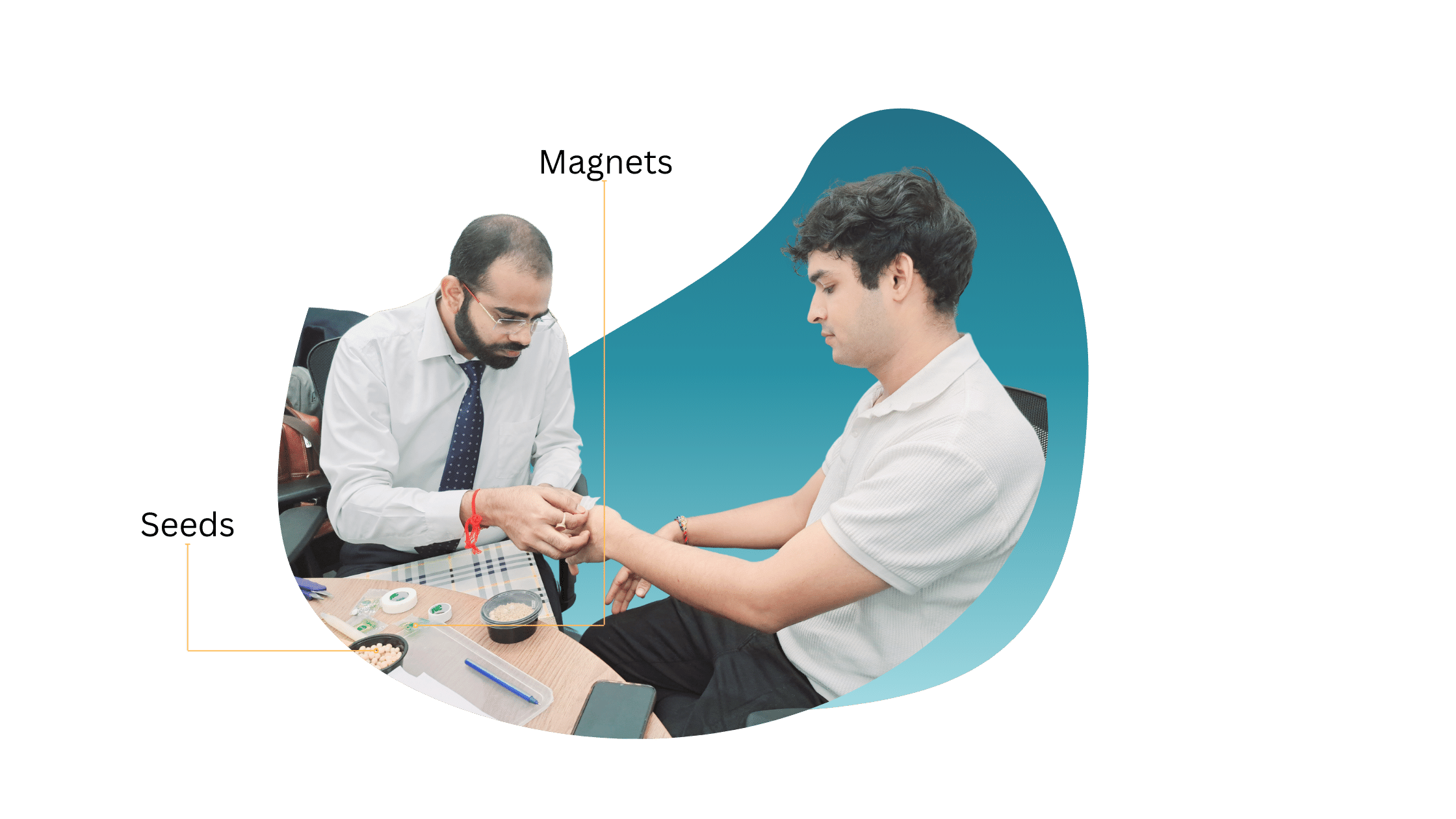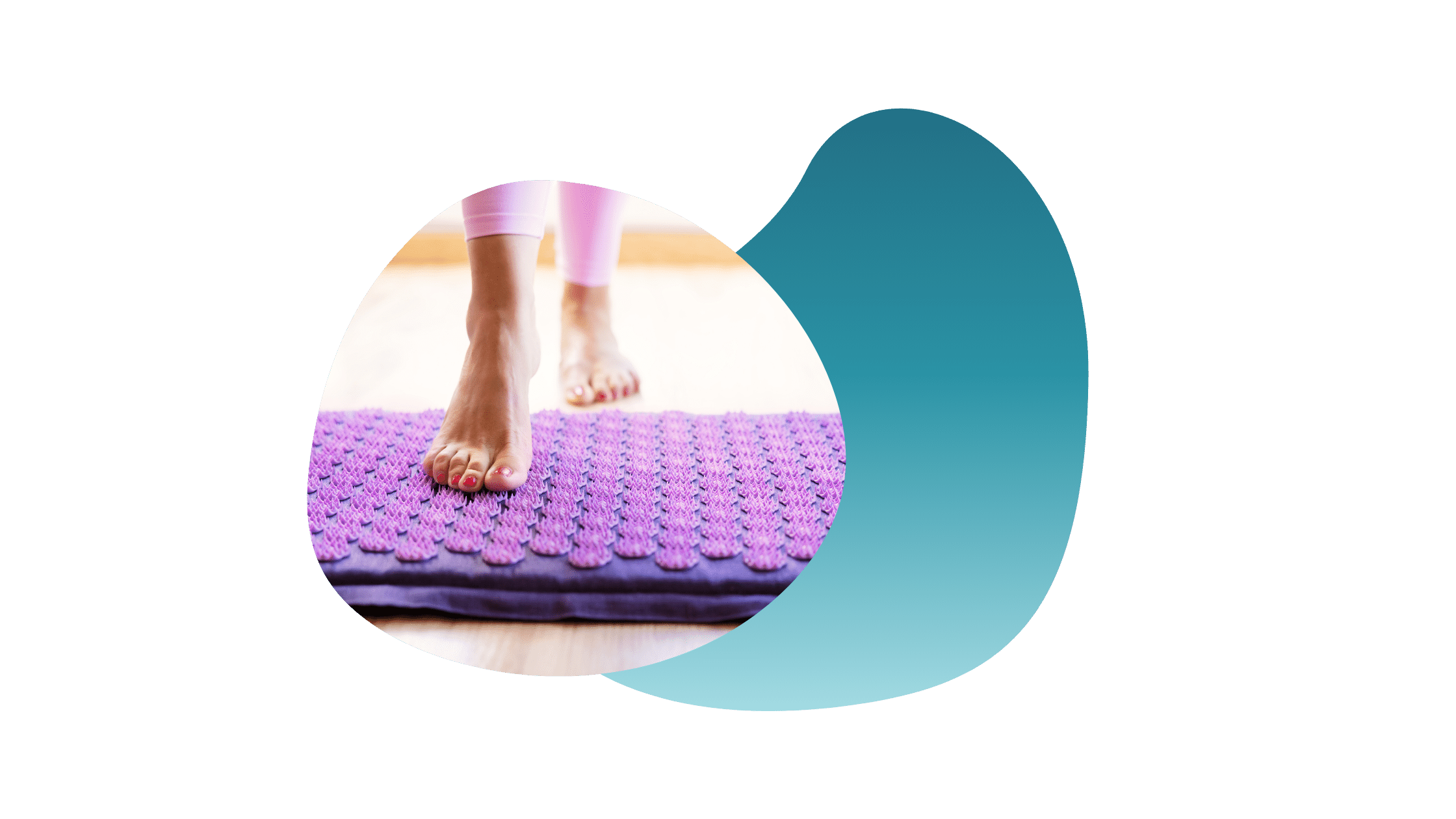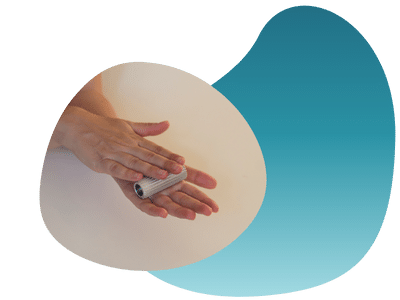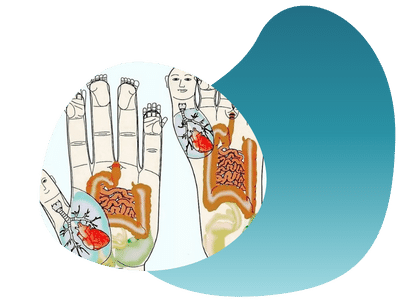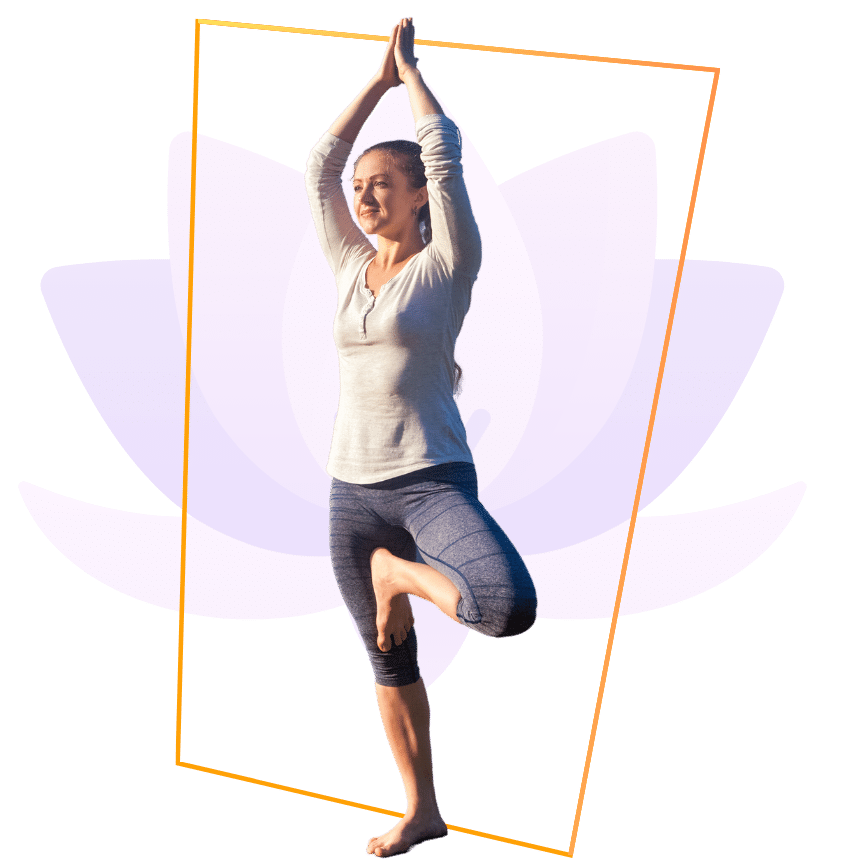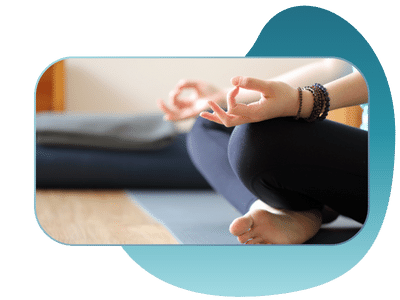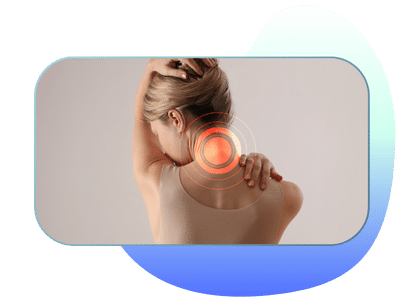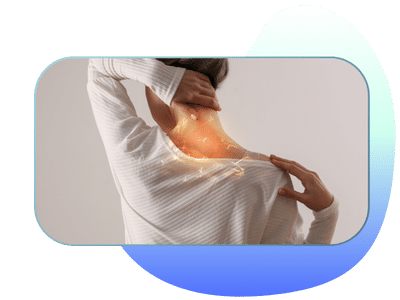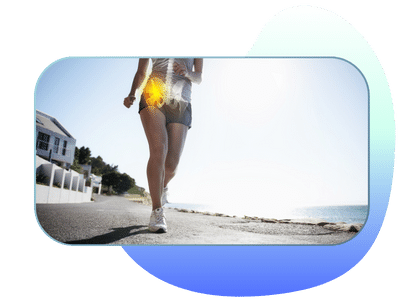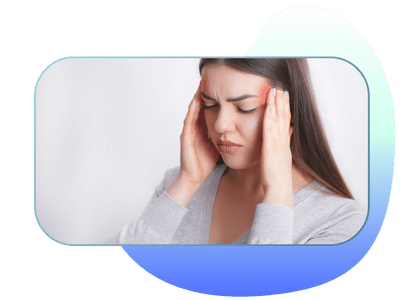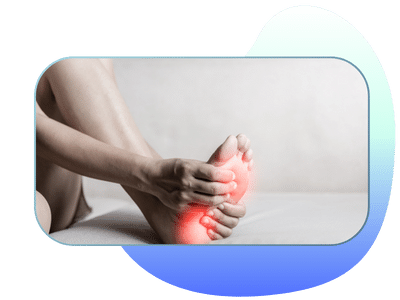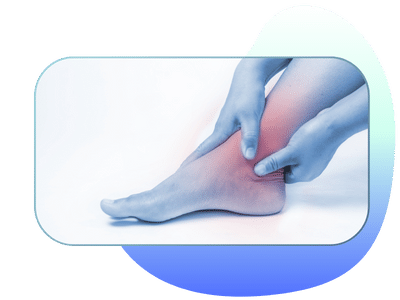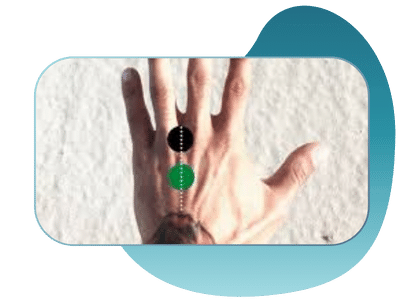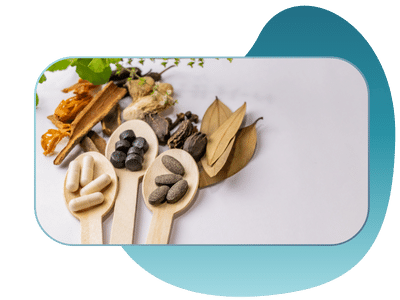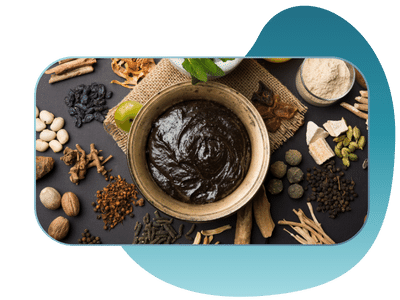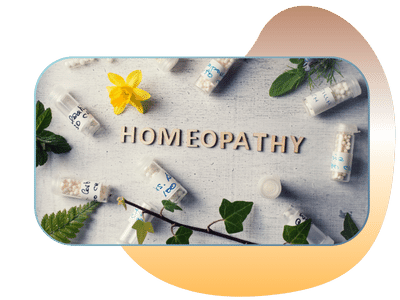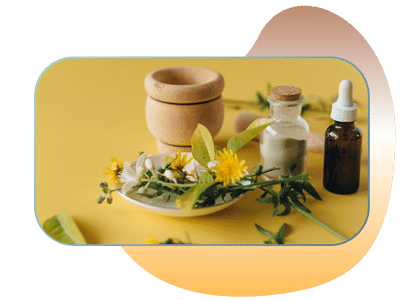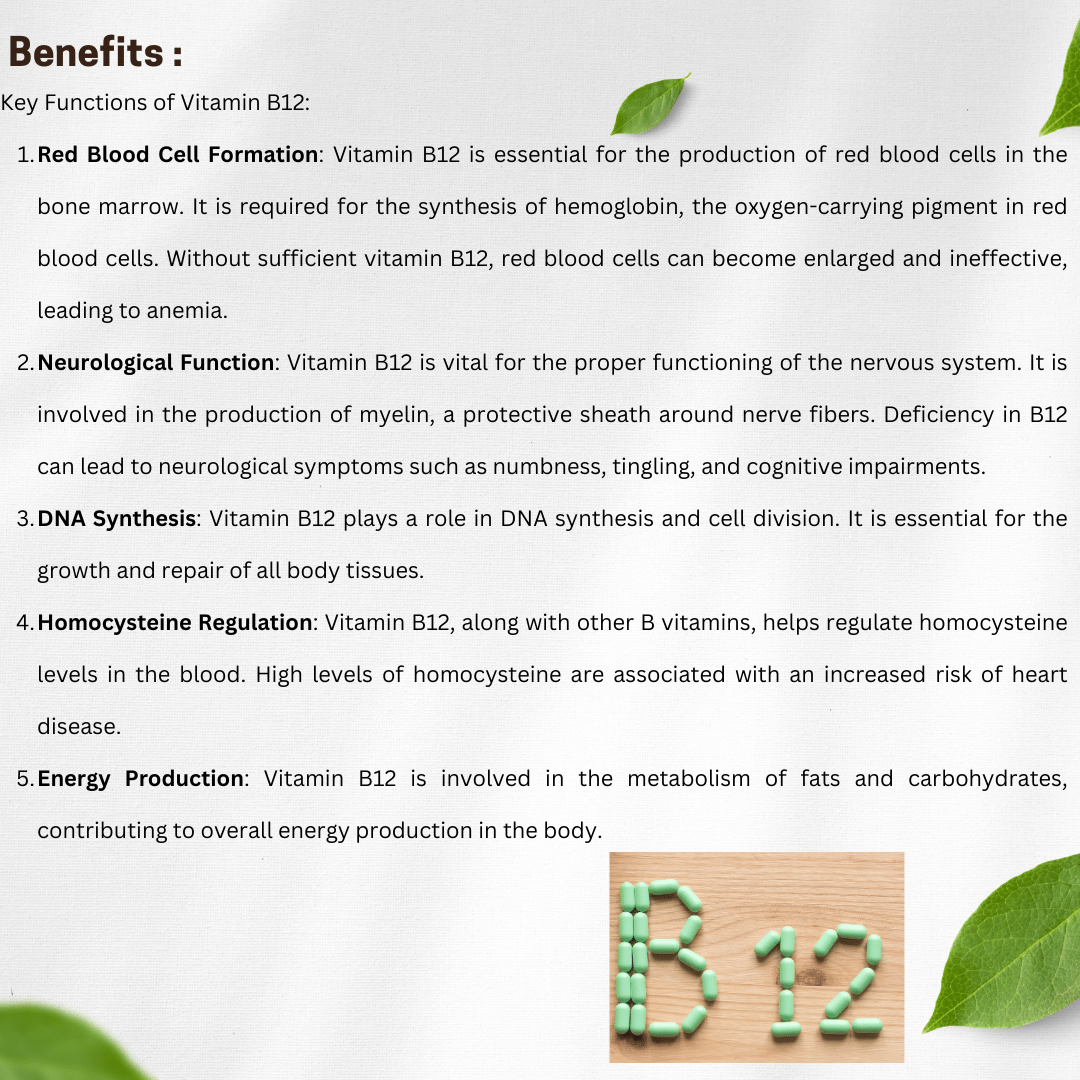Solutions
Wake Up In Wellness Practices
We are happy to present to you all of Wake Up in Wellness programs for your employees needs and industry standards
Boost employee health with our holistic corporate wellness program

Acupressure & Sujok Therapy

Physiotherapy
Physiotherapy is a specialized healthcare profession focused on enhancing physical function and mobility in individuals. It involves a range of therapeutic techniques, including exercises, manual therapy, and modalities like heat and ultrasound.

Yoga & Meditation
Yoga is essentially a spiritual discipline, which focuses on bringing harmony between mind and body. a system of physical postures, breathing techniques, and sometimes meditation to promote physical and emotional well-being.

Pain management is essential in the corporate office setting to ensure employee well-being and productivity. Chronic pain can lead to reduced concentration, decreased job satisfaction, and increased absenteeism. By addressing pain through ergonomic solutions, stress management, and healthcare support, companies can create a more comfortable and productive work environment, ultimately benefiting both employees and the organization

Pain management

Magic Massager
Therapy
A massager machine in the office is a valuable asset for employees. It helps alleviate muscle tension, reduce stress, and improve overall well-being. Offering employees access to a massager machine promotes relaxation, enhances productivity, and boosts morale, contributing to a healthier and happier work environment. Investing in employee well-being through such amenities can also aid in talent retention and attract top talent looking for a supportive workplace.

Mudra therapy
Mudra therapy can be beneficial in the office workplace as it offers a discreet and effective way for employees to manage stress and improve mental clarity. By practicing specific hand gestures or mudras, employees can reduce tension, enhance focus, and promote overall well-being without the need for additional equipment or space. Integrating mudra therapy into the office environment can contribute to a more harmonious and productive workspace, where employees can easily incorporate mindfulness techniques …

Color therapy
Color therapy, also known as chromotherapy, is a complementary healing method that uses specific colors to promote physical, emotional, and mental well-being. While scientific evidence for color therapy’s effectiveness is limited, some people find it beneficial for relaxation and emotional balance. Here’s a brief overview of color therapy for body healing:

Chiropractic
Chiropractic services can be valuable in the corporate sector as part of an employee wellness program for several reasons:
Stress Reduction: Office work often involves prolonged sitting and poor posture, which can lead to musculoskeletal problems and stress. Chiropractic adjustments can alleviate tension and stress in the spine, reducing discomfort and promoting relaxation.

Ayurevda Therapy
Ayurvedic therapy into an employee wellness program can be a holistic approach to promoting health and well-being. Ayurveda, a traditional system of medicine from India, focuses on balance and harmony in the body, mind, and spirit.

Fun activities
Fun activities in the corporate office are essential for several reasons and can have a positive impact on both employees and the organization as a whole. Here’s why fun activities are important:
Employee Morale and Engagement: Fun activities help boost employee morale and create a more positive work environment. Engaged and happy employees are more likely to be productive, creative, and committed to their jobs.
Stress Reduction: Work-related stress is a common issue in corporate settings. Fun activities provide employees with a break from their daily tasks, helping them relax, unwind, and reduce stress levels.
Team Building: Fun activities encourage employees to interact and collaborate outside of their usual work roles. This can strengthen team dynamics, improve communication, and enhance cooperation among colleagues.
Creativity and Innovation: A fun and relaxed atmosphere can stimulate creativity and innovation. When employees feel comfortable expressing themselves and taking risks, they are more likely to come up with new ideas and solutions.
Improved Job Satisfaction: Engaging in enjoyable activities at work can lead to higher job satisfaction. When employees look forward to coming to work because it’s enjoyable, they are more likely to stay with the company.
Health and Well-Being: Fun activities can promote physical and mental well-being. Activities like yoga, fitness challenges, or even simple games can contribute to better health, reduced absenteeism, and increased energy levels.


Chair Yoga
Yoga is essentially a spiritual discipline, which focuses on bringing harmony between mind and body. a system of physical postures, breathing techniques, and sometimes meditation to promote physical and emotional well-being.

Homeopathy
Homeopathy is a system of alternative medicine that was developed by Samuel Hahnemann in the late 18th century. It is based on the principle of “like cures like,” which means that a substance that can cause symptoms in a healthy person can be used in diluted form to treat similar symptoms in a sick person. Homeopathy has a following in India and has been integrated into the Indian healthcare system in several ways. Here are some advantages of homeopathy in Indian medicine:
Holistic Approach: Homeopathy takes a holistic approach to healthcare, considering the physical, mental, and emotional aspects of a person’s health. This aligns with traditional Indian systems of medicine like Ayurveda and yoga, which also emphasize holistic well-being.


Stress Management
Stress can have profound effects on both health and work performance. While some stress can be a natural and even motivating response to challenging situations, chronic or excessive stress can have detrimental consequences. Here are some of the effects of stress on health and work:

Chair Yoga
Yoga is essentially a spiritual discipline, which focuses on bringing harmony between mind and body. a system of physical postures, breathing techniques, and sometimes meditation to promote physical and emotional well-being.

Add-on Services

Corporate Blood Test
Camp*
Regular blood tests conducted every six months can be important for individuals working in the corporate world for several reasons:
Health Monitoring: Regular blood tests can help individuals monitor their overall health. They can provide insights into various health parameters, including cholesterol levels, blood sugar levels, liver function, kidney function, and more.

Nature Adventure
Engaging in nature adventure activities can have significant positive effects on physical and mental health. Spending time outdoors in natural environments while participating in activities that challenge and inspire can provide a wide range of health benefits. Here’s how nature adventure contributes to well-being:

Zumba & Aerobics
Both Zumba and aerobics are important for health because they offer effective ways to improve cardiovascular fitness, enhance physical endurance, and provide various other health benefits.

Multi-modal
Yoga is essentially a spiritual discipline, which focuses on bringing harmony between mind and body. a system of physical postures, breathing techniques, and sometimes meditation to promote physical and emotional well-being.



